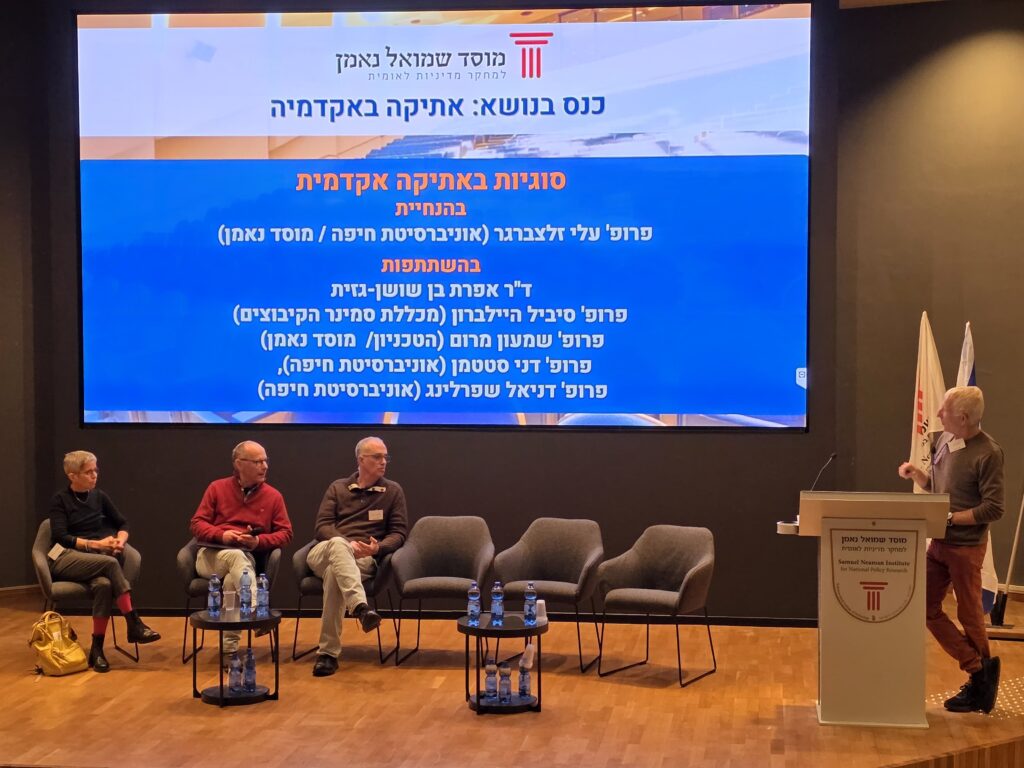מסמך זה הינו שלב ב’ בעבודה ועניינו ניתוח כלכלי ראשוני וניתוח מחזור חיים של שימוש בטכנולוגיות ובמערכות ההנעה השונות בישראל.
תחת הנחות תרחיש הבסיס נמצא כי עלות הבעלות הכוללת לק”מ נסועה הזולה ביותר (ללא מיסים), היא של רכב הבעירה הפנימית (הרכב הקונבנציונאלי); גם הפנמת העלויות החיצוניות אינה משנה את מערך היתרונות היחסיים שבתרחיש הבסיס. התפלגות רכיבי עלות הבעלות מדגישה את פערי המחירים של הרכבים החשמליים (על סוגיהם) ביחס לרכב הבעירה הפנימית תחת סט המחירים כיום. עוד עולה כי ככל שהרכב מבוסס יותר על הנעה חשמלית, כך קטנים שיעורי עלויות הנסיעה, התחזוקה והעלות החיצונית (כמו גם ערכם האבסולוטי) מסך עלות הבעלות הכוללת. ככל שהנסועה גבוהה יותר, כך גוברים יתרונותיהם של הרכבים החשמליים על חסרונותיהם מנקודת מבטו של הצרכן; עוד עולה כי הרכב ההיברידי פלאג-אין הינו בעל עלות הבעלות הגבוהה ביותר ובפער ניכר ברוב התרחישים שנבחנו.











